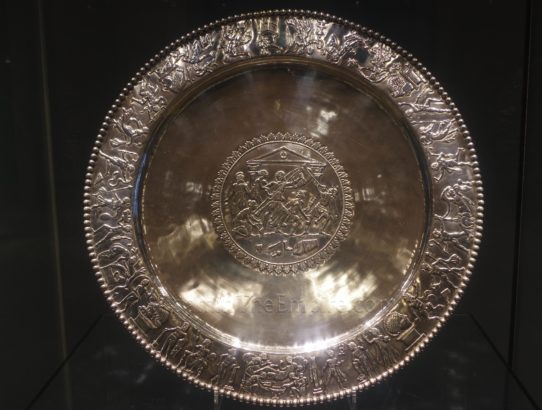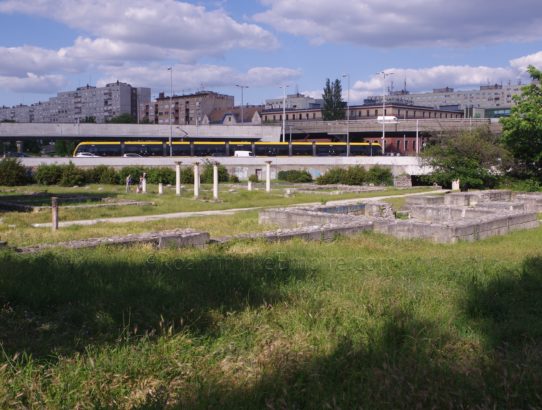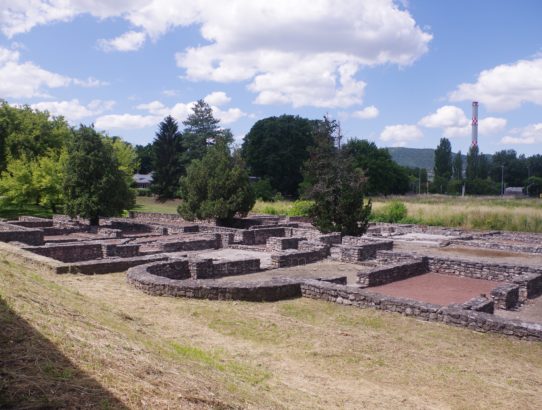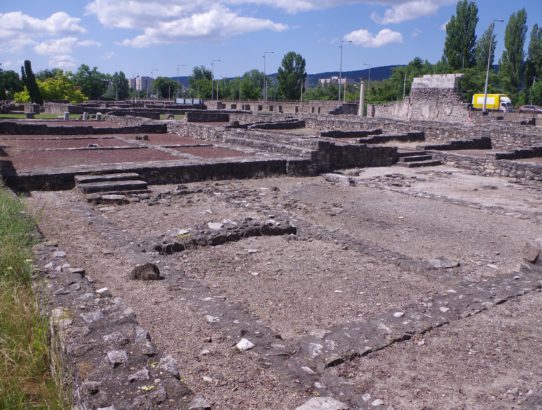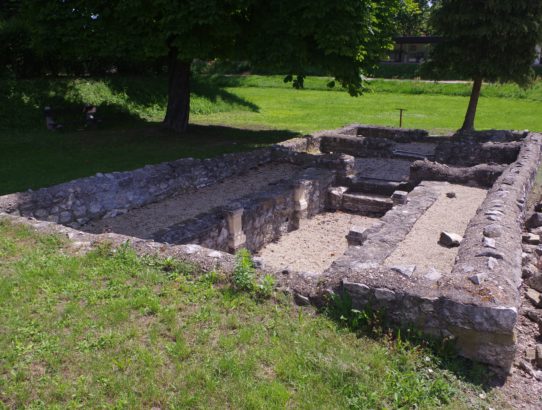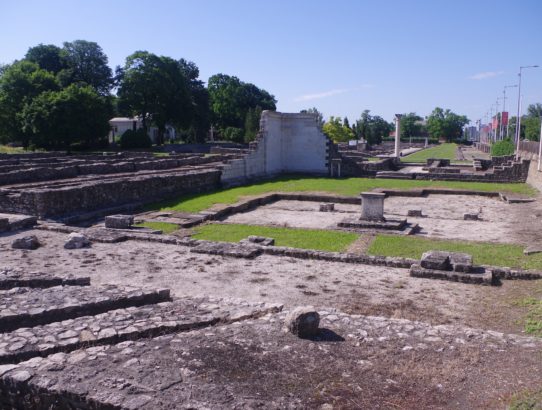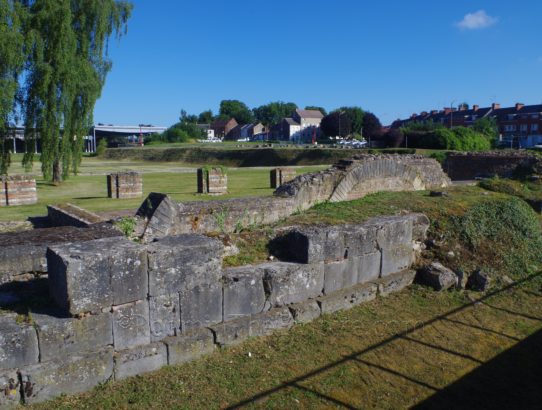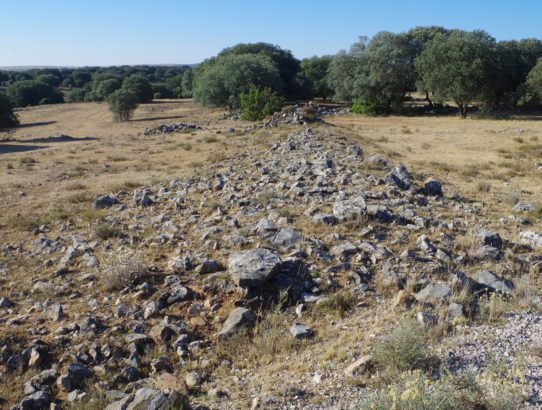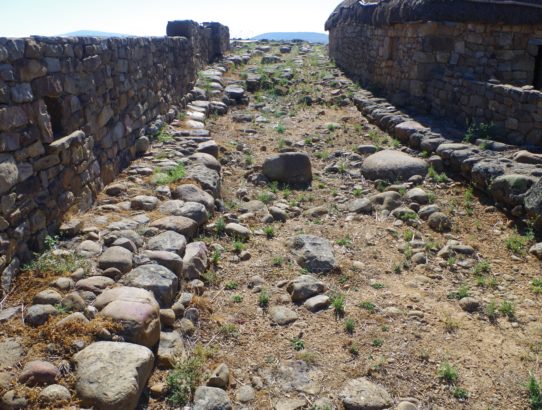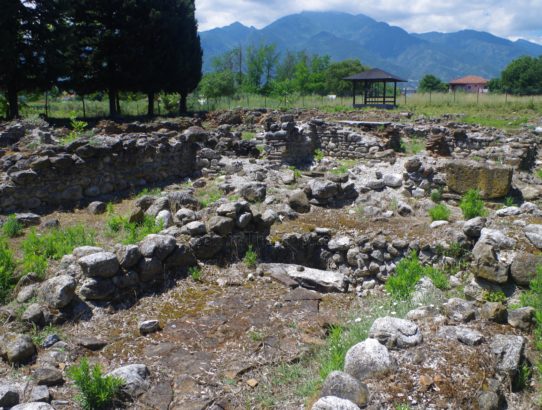Aquincum, Pannonia Inferior – Part VI
Continued From Aquincum, Pannonia Inferior – Part V With the civilian and military settlements of Aquincum wrapped up, there are a few more interesting things to see closer to central Budapest, nearly 5 kilometers south of the military amphitheater. In antiquity, the site of the Erzsébet híd, the Erzsébet Bridge connecting the central parts of…
Read More


